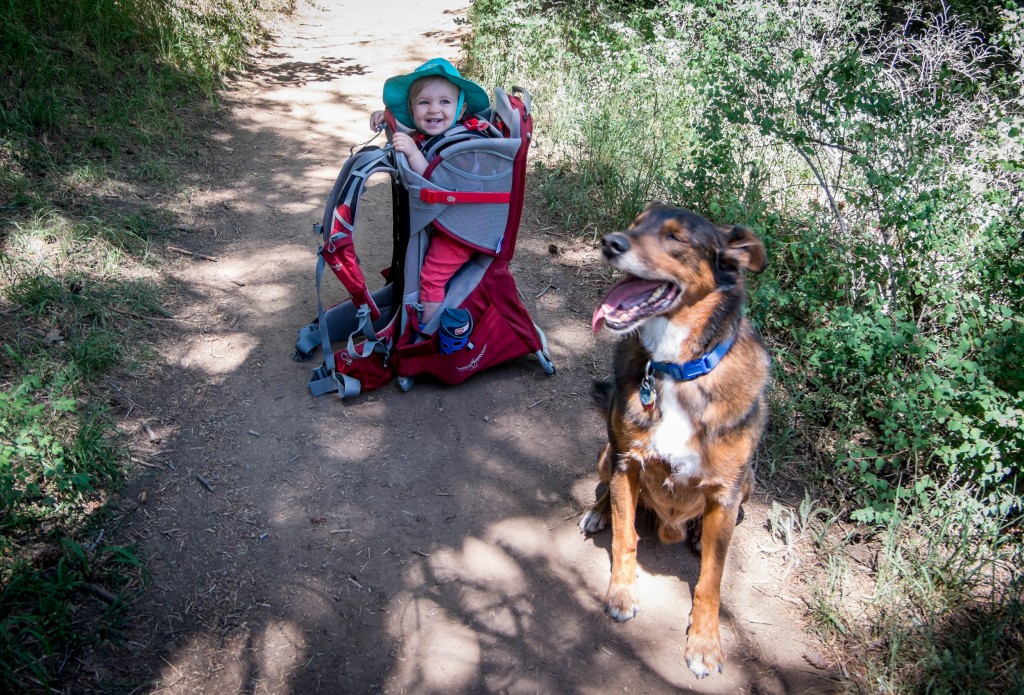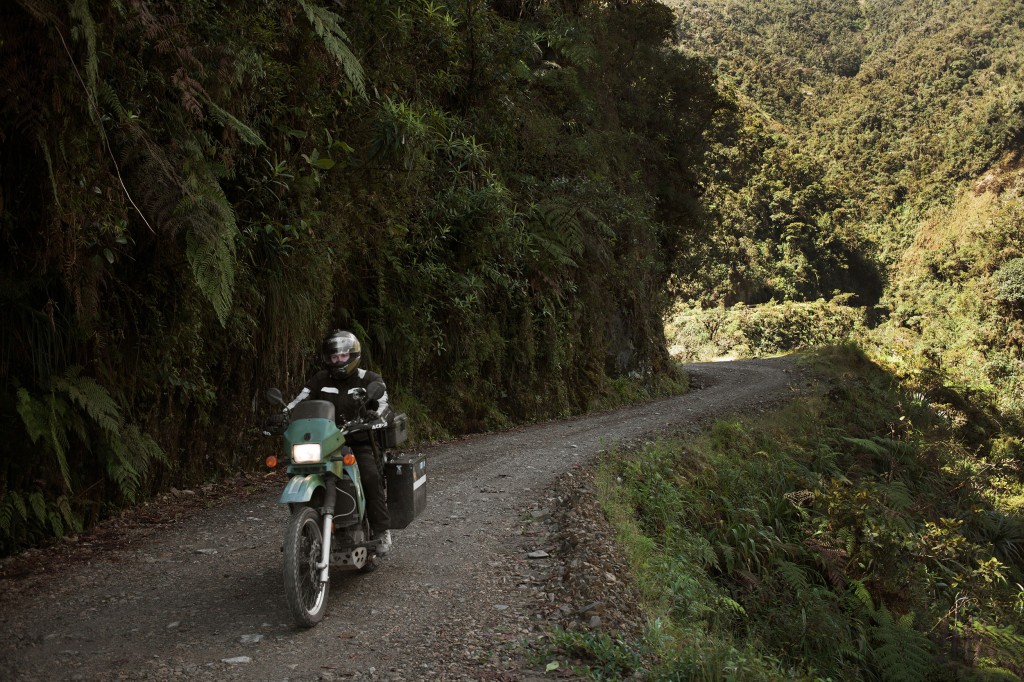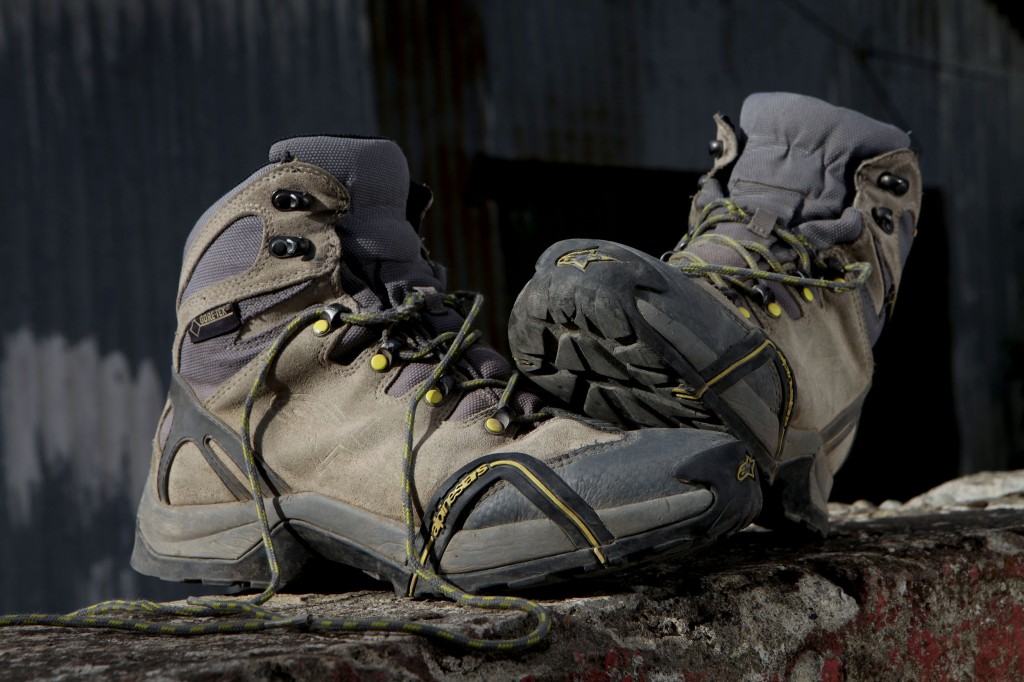
Jesse Drerup of Canada laughs and sips a beer as the 111-year-old Stahlratte makes its way through the San Blas Islands.

The Stahlratte crew loads six motorcycle onto the boat in Carti Panama.

The Stahlratte crew loads six motorcycle onto the boat in Carti Panama.

Jesse Drerup of Canada and Nicolas Vargas of Chile laugh aboard the Stahlratte and they sail through the San Blas Islands off the coast of Panama.

A french tourist jumps off the bow of the Stahlratte as she sits anchored in the San Blas Islands off the coast of Panama.

Cruising past a village in the San Blas Islands.

The first night anchored in the San Blas Islands the Stahlratte crew laid out a spread for all of its passengers to create kabobs while hanging out on the pristine beach of a nameless island.

The first night anchored in the San Blas Islands the Stahlratte crew laid out a spread for all of its passengers to create kabobs while hanging out on the pristine beach of a nameless island.

Passengers of the Stahlratte enjoy a fire after cooking dinner over it in the San Blas islands of Panama.

The sunset on our first night in the San Blas Islands was stunning.

Passengers of the Stahlratte mingle on an unnamed island off the cost of Panama a few days before setting sail for Colombia.

Passengers enjoy breakfast on the top deck of the Stahlratte as they pull into the port of Cartagena Colombia.

The Stahlratte pulls into the port of Cartagena Colombia after completing its journey from Carti Panama.
The great Pan-American road trip from Alaska to Argentina looms large in the minds of motorcycle adventure (ADV) riders and right in the middle of that journey is a gap in time, progress and the modern world. It wasn’t until my boyfriend and I began planning our own Pan-American ADV trip that we learned about this place.
The Darien Gap per square mile is one of the most dangerous patches of untamed territory on the planet. The 54-mile wide wilderness joining Panama and Colombia took Loren Upton and Patty Mercier 741 days to cross back in the 1980’s and they were batshit crazy and incredibly lucky to get through unscathed.
You cannot ride a motorcycle across this region, so you’re left with two options: plane or boat.
In the spirit of adventure we chose boat, which would also be cheaper than flying. The most highly recommended boat option we found was a historical vessel named the Stahlratte.
The crew makes their schedule available well in advance so it’s easy to schedule your trip around their arrivals and departures at various ports. For under $2,000 we were going to be able to ship both our bikes and ourselves between the two countries in about four days with all meals included.
The day before we sailed out of Panama we met up with a group of Canadians and one other American. We all liked each other immediately and looked forward to sailing together. One more biker (Chilean) would join us the next morning before we headed out to meet the boat.
Rolling through Panama as a group of seven motorcyclists at dawn felt totally badass until we got lost outside of town and ended up being a half hour late.
Captain Ludwig chided our tardiness as we hurriedly prepared our bikes to be lifted by a wench onto the deck of the boat as the other non-motorcyclist passengers looked on. The Stahlratte will graciously cover the full value of your motorcycle if it is damaged during the loading or unloading process (not all companies do), which gives you some piece of mind as your bike is briefly dangled above salt water.
The Stahlratte crew is mostly German and they all lived up to the stereotype by speaking flawless English and running a totally organized operation. However, I did not see any of the crew fully clothed at any point on the trip and I’m not sure if Captain Ludwig owns pants.
The first day and a half of the trip was spent anchored in the San Blas Islands where our most stressful task was the occasional re-application of sunscreen. We also snorkeled in the perfect water and took turns on the rope swing hanging off the side of our boat. When the re-application of sunscreen got too stressful I threw a hammock over the bow of the ship and laid underneath the shade it created swinging back and forth in a thick net just below.
A few hours before sunset on that first night, the Stahlratte crew used a dinghy to move BBQ supplies to the tiny unnamed island we had dropped anchor beside and stoked a fire where we grilled kebabs of chicken, beef, bacon and vegetables. Beers were ice cold and just $1 usd each. It was an indescribable postcard perfect day and a half.
The boat departed from the islands early on our second full day aboard the ship as I slept in. When I did wake up, I was hit with the worst motion sickness of my life. I stumbled in blind panic up from the hold to vomit into the rolling blue ocean. I get dizzy re-imagining it now as I type this.
Vomiting was a fact of life for the next 10 hours as I laid flat on a wooden bench nibbling saltine crackers doing my best to overdose on Dramamine. My nausea was unusually awful among the passengers but it’s worth consideration when you are deciding between boat and plane.
As the sun started to set on what I remember as one of the longest days of my life, I felt well enough to make my way below deck (clutching a plastic bag just in case) and passed out in a miserable sweaty heap. The next morning before I even opened my eyes I could tell the sea was different, friendlier.
Coming up from the depths of the boat I was greeted by the early morning tropical air and the port of Cartagena glowing softly in a gentle haze. Cartagena is a beautiful city and arriving to it by boat makes seeing it for the first time particularly special.
As passengers we were given a little while to wakeup and eat breakfast before the crew started the practical business of getting us to the shore.
Once you arrive to Colombia the Stahlratte will provide you and your fellow motorcyclists with a hostel recommendation and a map to get between the necessary government offices and a fixer to handle the import paperwork for your bikes. The whole process should only take a few hours and once completed you are free to explore the rest of South America.
Photos: Alex Washburn / Element.ly



























































